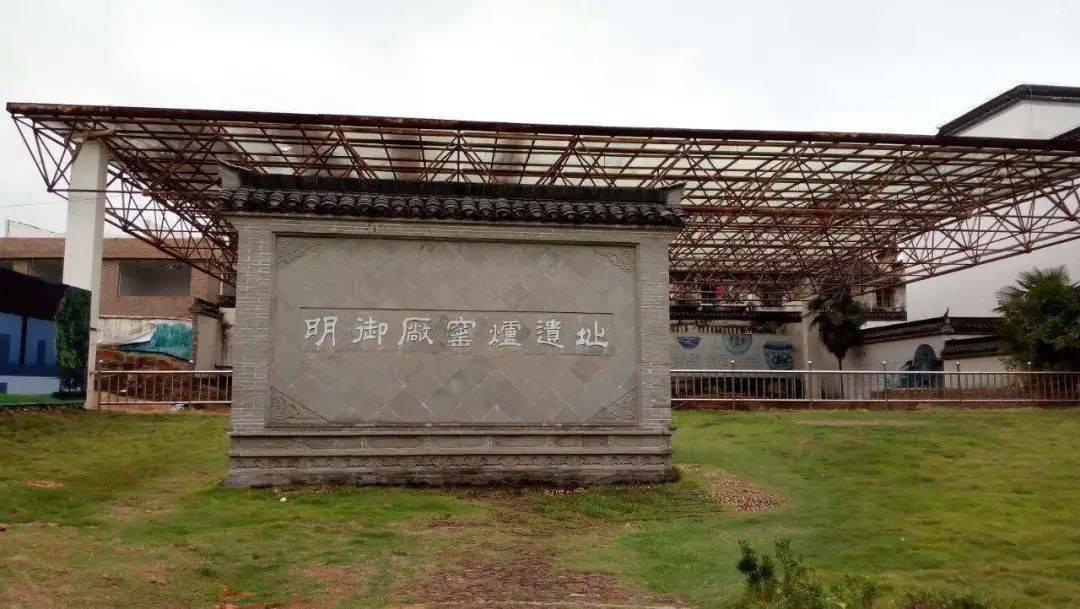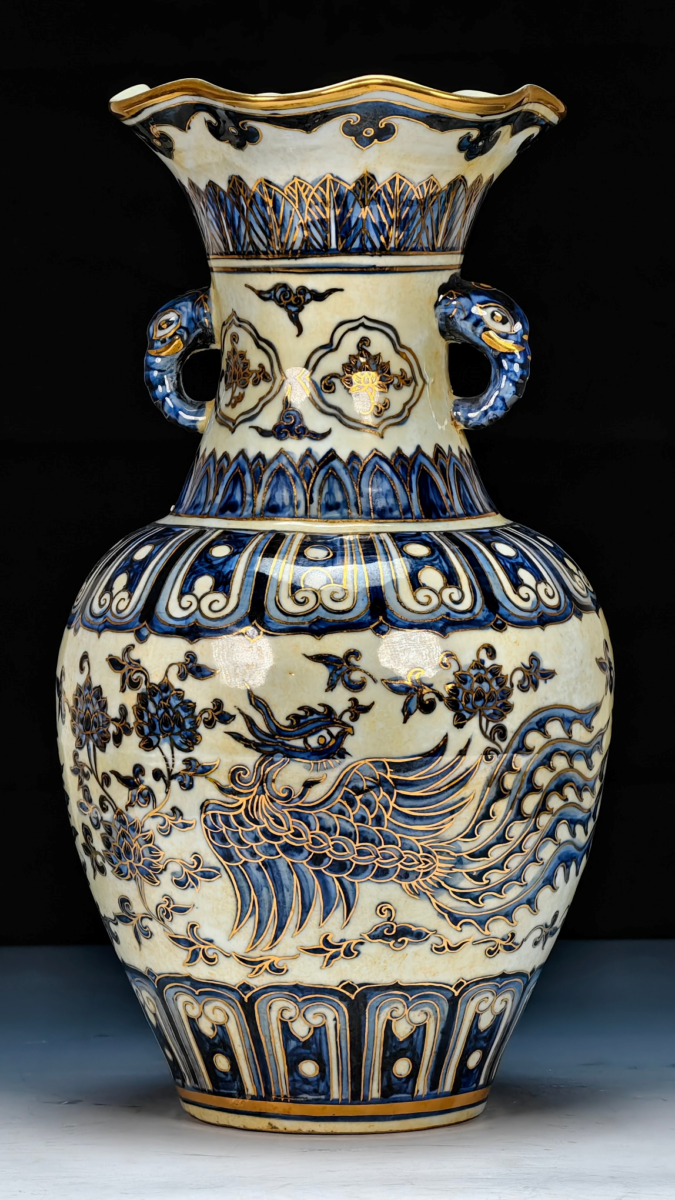In the ever-changing tides of fashion, there exists a beauty that transcends time—a brilliance that…

Legend of Clay and Fire: Ming Dynasty Porcelain, the Golden Age of Chinese Ceramics

Strolling through the ruins of the Imperial Kiln Factory in Jingdezhen, one finds mountains of deliberately shattered porcelain shards buried deep underground, silently telling the story of a glorious past. This was the very heart of the Ming Dynasty’s official kilns, where the flames never ceased and forged the most brilliant chapter in the history of Chinese ceramics. Yongle, Xuande, Chenghua, Jiajing… behind each reign title shines a unique brilliance of porcelain artistry — works that not only illuminated Chinese civilization but also amazed the world.

The most dazzling crown among Ming Dynasty ceramics undoubtedly belongs to blue-and-white porcelain. The pieces produced during the Yongle and Xuande reigns represent the pinnacle of this art form. Their secret weapon was a rare cobalt pigment known as Sumaliqing, imported from the distant Islamic world. In the hands of Jingdezhen artisans, this exotic mineral transformed into a sapphire-like brilliance. During firing, it flowed naturally, creating a unique haloing effect and deep iron-spot blemishes, forming a mesmerizing “symphony of blue and white.”
Take, for example, a Xuande blue-and-white lotus-patterned charger: in its center, large lotus branches stretch and sway gracefully. The foliage, painted with Sumaliqing, shows a masterful balance of light and dark tones. The edges blur like drifting mist, while iron spots dot the surface naturally — as if an ink painting had been eternally fixed upon porcelain. Majestic in scale yet refined in detail, it embodies both grandeur and artistic precision.

During the Chenghua reign, a delicate new world of “doucai” (contrasting colors) was pioneered. Doucai is a masterful fusion of underglaze blue and overglaze enamel painting—first, the design is outlined in cobalt blue and fired at high temperatures; then, colored enamels are applied over the glaze and the piece is fired again at a lower temperature.
Chenghua doucai is renowned for its refinement and elegance, with the most celebrated example being the “chicken cup.” Its walls depict a gentle scene of a hen leading her chicks to forage, while a proud rooster stands nearby. The underglaze blue outlines are as fine as a strand of hair, and the overglaze enamels applied above them are soft and vibrant, exuding a warmth and grace that is nearly impossible to replicate.
This relentless pursuit of perfection elevated Chenghua doucai to a benchmark of craftsmanship that later generations have found difficult to surpass.
ing dynasty artisans excelled not only in polychrome decoration but also reached extraordinary heights in the art of monochrome glazes. The “sweet white glaze” (tianbai) of the Yongle Emperor is a prime example—its glaze is thick, lustrous, and pure as snow. When held to the light, it appears as translucent as jade, its understated elegance striking a deep emotional chord.
In contrast, the “ruby red glaze” (baohong you) of the Xuande period represents the full maturity of high-temperature copper red glaze technology. Vessels such as monk’s cap ewers or shallow bowls coated in this glaze display a deep, rich color—like congealed blood or ripened persimmons in late autumn—radiating a restrained brilliance. The vivid yet solemn beauty of these red-glazed wares could only be achieved through a rare convergence of precise conditions, skilled timing, and masterful craftsmanship.

Behind this unparalleled artistic achievement stood the highly organized official kiln system of the Ming Dynasty. The imperial court established the Imperial Porcelain Factory (Yuqichang) in Jingdezhen, where the most skilled artisans were gathered, and no expense was spared in the production of royal ceramics. From the meticulous selection of raw materials to the finely divided labor process—where “painters did not dye, and dyers did not paint”—every step was rigorously controlled. Even the inspection standards were uncompromising: any piece with the slightest flaw was smashed on the spot and buried. This complete and exacting system ensured the exceptional quality of imperial porcelain. It was the perfect fusion of state power and masterful craftsmanship that elevated Ming porcelain to its unrivaled height.
As Ming blue-and-white porcelain traveled the Maritime Silk Road to places like the Topkapi Palace in Istanbul or the treasure cabinets of European nobility, it ceased to be merely functional ware. It became a symbol of Eastern aesthetics and civilization. The coiling grape vines and blooming lotus scrolls painted on these pieces became coveted “Chinese motifs” in foreign courts. European potters went to great lengths to emulate the style, giving rise to renowned imitations like Delftware—a brilliant testament to the material and cultural exchange between East and West.

As time flows on, Ming Dynasty porcelains stand silently behind museum glass, still radiating an undiminished brilliance. Within them are crystallized the grand vision of Emperor Yongle, the refined mastery of Xuande’s kilns, and the elegant tastes of Chenghua’s court—along with the tireless labor and wisdom of countless anonymous artisans.
Ming porcelain is more than a fusion of clay and fire; it is the pinnacle of Chinese aesthetic spirit and artisanal civilization. Having traversed centuries of history, these pieces continue to captivate the world with their irreplaceable charm, telling the story of a golden age forged in earth and flame. In every glaze and curve lies the distilled essence of Chinese craftsmanship—and an enduring pursuit of beauty that transcends time.



